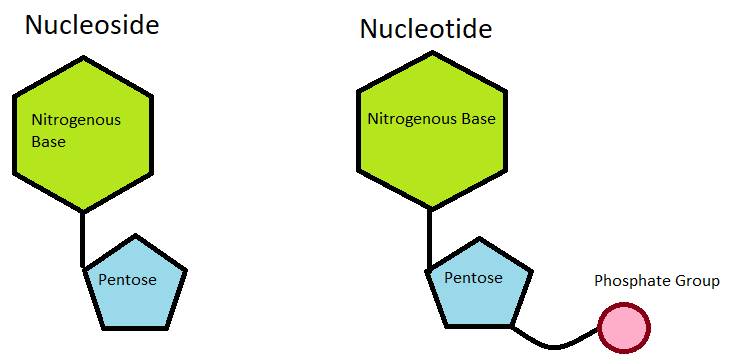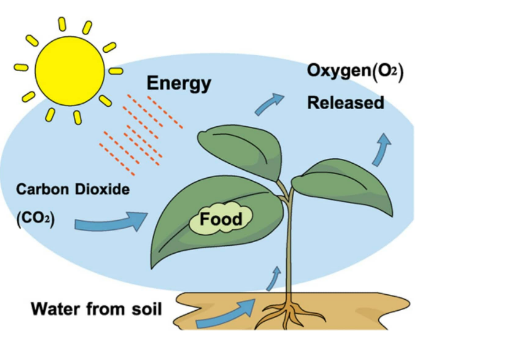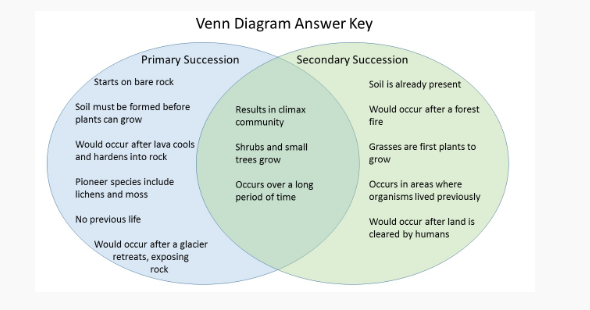5 Difference Between Nucleotide And Nucleoside With Examples
Nucleoside is a structural sub-unit of nucleic acids, the heredity-controlling component of all living cells, consisting of a molecule of sugar linked to a nitrogen-containing organic ring compound. Nucleosides are usually obtained by chemical or enzymatic decomposition of nucleic acids. In nucleosides, the sugar is either ribose or deoxyribose and the nitrogen-containing compound is either … Read more






